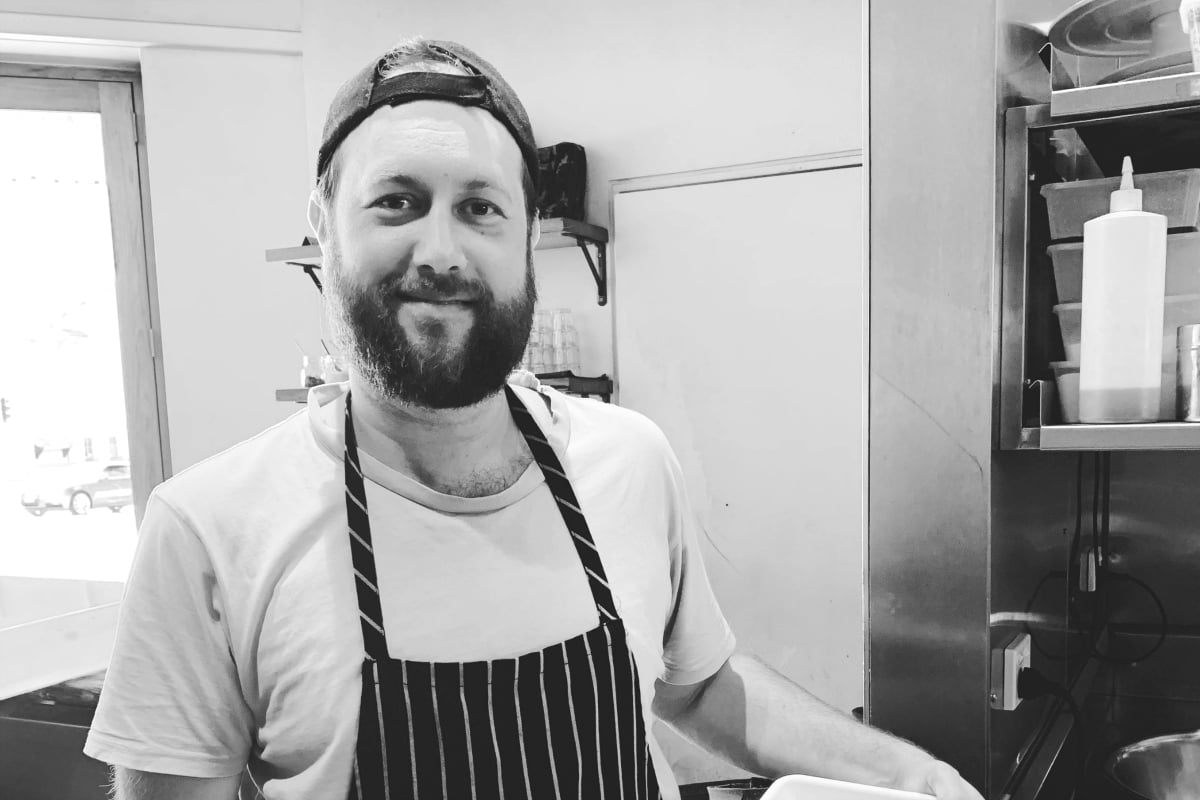
This week, cafes, restaurants and pubs have begun polishing cutlery, setting tables and prepping kitchens to welcome their first diners in almost two months.
Some in South Australia are already open to a limited number of customers, with those in New South Wales, the ACT, Queensland, Northern Territory, Tasmania and Western Australia set to join them in the coming days.





























































































